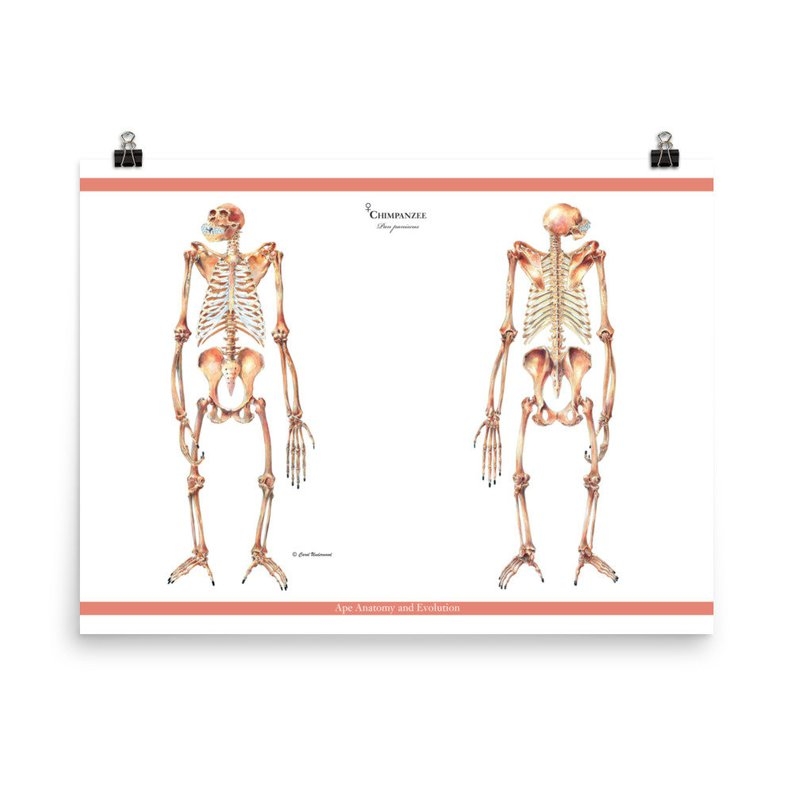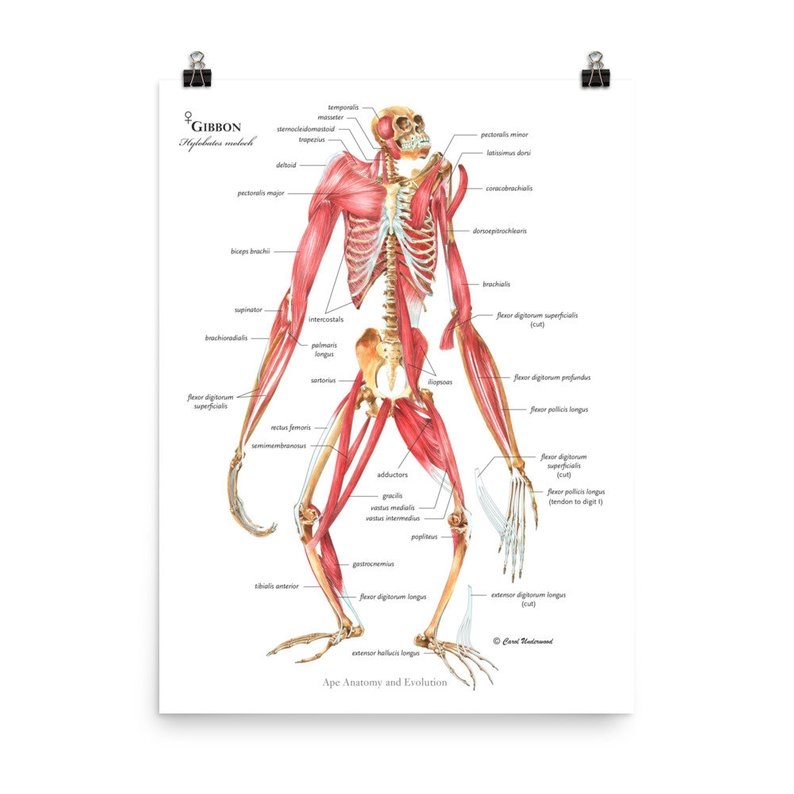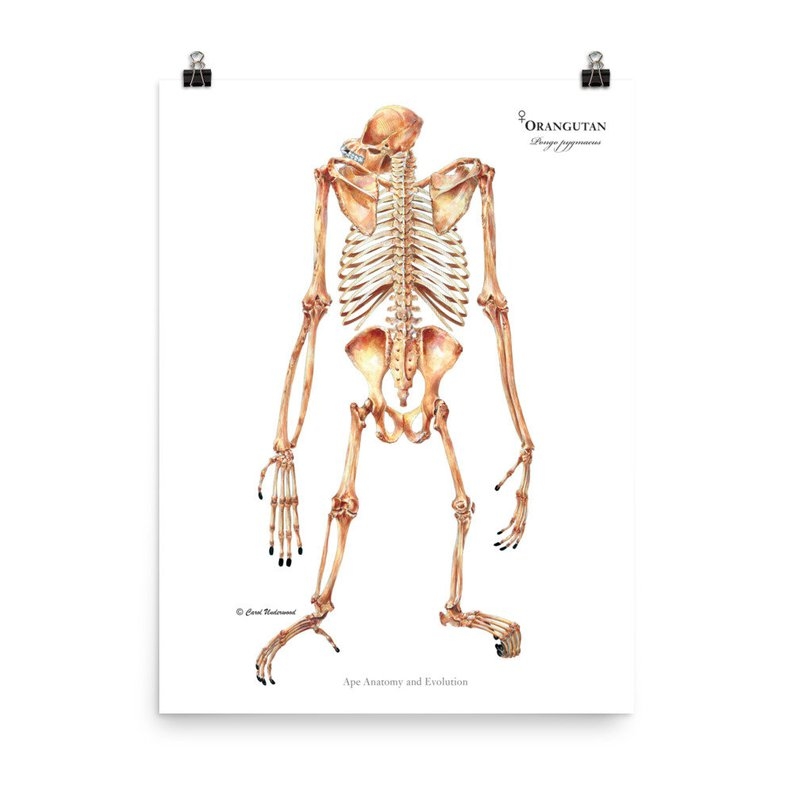

Ape Anatomy and Evolution presents for the first time a comparative anatomy of all four lineages of apes — gibbons and siamangs, orangutans, gorillas, and chimpanzees. Following the tradition of blending art and anatomy Zihlman and Underwood emphasize a whole animal perspective and form-function relationships. They detail methods of data collection, analytical procedures, and quantitative comparative results. Each ape is individually profiled in behavioral ecology, evolutionary and life history, locomotion and the musculoskeleton. Attentive to sexual variation, they compare the four apes along these same dimensions. Applying lessons from this comparative anatomy and bipedalism, they present new ideas on human origins as one of three lineages emerging from an African ape parental population and propose the components for the evolutionary success of this new lineage.
Audiences for this book
The evolutionary framework developed here acts as a guide for either beginning students or continuing scholars of anatomy and primatology. For younger biologists the book’s message emphasizes form and function and the value of multiple levels of biological organization for approaching adaptation. New comers to anatomy are introduced to terms, muscle and bone names, methods of dissection, data collection sheets, and real-life case studies. Primate and human anatomists are provided with novel analyses and comparisons from original research of all four major genera of apes in locomotor anatomy, life history, and between females and males. Field primatologists are presented with the anatomical infrastructure, a ‘under the scenes’ view of the behaviors expressed in wild apes. Paleobiologists are supplied with contexts for interpretation of fossil bones and fragments to whole skeletons and soft tissues. Historians of science and philosophers are presented with concrete examples of bottom-up synthesis to balance abstract top-down analysis in science.

Adrienne Zihlman, Distinguished Emerita Professor of Anthropology, University of California, Santa Cruz, leads the field of anthropology through her perspective-shifting publications on the role of women in evolution. She has redefined paradigms about human evolution with Pan paniscus as models for our early ancestors and has clarified issues of sexual dimorphism, selective pressures shaping human bodies, and adaptations of primate anatomy for the understanding of human origins. She authored two editions of The Human Evolution Coloring Book, and co-edited The Evolving Female.

Carol Underwood, scientific illustrator and physical anthropologist, applies an artistic perspective to reveal the complexities of primate anatomy in visually impactful and instructive ways. An evolutionary perspective frames her concepts where form and function, adaptation, and the individual intersect and play out in an environmental setting. She uses multiple mediums to convey the primate body and the structural layers expressed in the animal’s posture and movements. The combination of approaches to illustration cultivate an appreciation for the intricacies of these animals.






